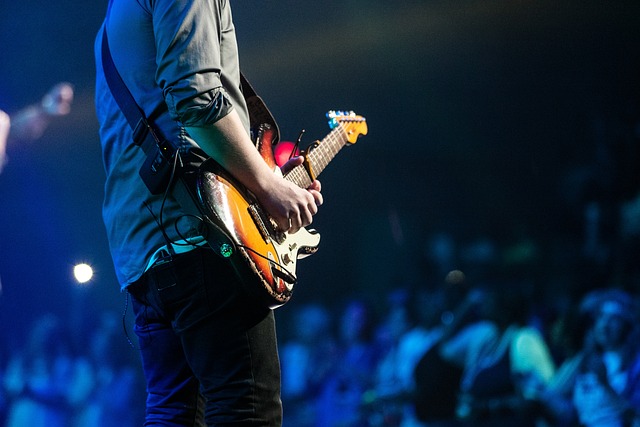Native American music of the local peoples of the Western
Hemisphere. The Americas comprise hundreds of native communities, every with
its personal unique history, language, and musical tradition. those communities
even though united in setting song on the centre of public lifestyles have
evolved incredibly diverse and multifaceted overall performance traditions.
this article offers a popular creation to native American musics with remedies
of the roles of song in tradition, musical patterns and genres, musical
devices, song history, and the examine of american Indian musics.
Song in native American tradition
Generalizations about the relationship among song and
tradition in native American communities are gleaned from musical ideas and
values, the shape of musical occasions, and the role of language in music
texts. Musical ideas and values encompass thoughts approximately the origins
and sources of song, in addition to musical possession, creativity,
transmission, and aesthetics. every community’s musical ideas and values expand
over the years via complicated social and cultural procedures. those ideas and
values replicate broader approaches of thinking and consequently provide
critical perception into general styles of tradition. native peoples vary
inside the degree to which they talk musical ideas. however even for the
peoples who do not verbalize musical ideas, underlying conceptual systems exist
and can be perceived through observing musical exercise. regardless of the
outstanding diversity of american Indian peoples, popular capabilities of
native American musical ideas and values can be summarized.
native americans trace the last origin in their traditional
song to the time of creation, when particular songs or musical repertories have
been given to the first humans through the creator and by means of spirit
beings inside the mythic beyond. Sacred narratives describe the origins of
particular musical devices, songs, dances, and ceremonies. a few ritual
repertories obtained at the time of creation are considered whole, in order
that by definition people can not compose new song for them. however many
occasions are appropriate for new song; this song can be obtained in a variety
of approaches. as an instance, shamans and different people may also experience
desires or visions wherein spirit beings train them new songs, dances, and
rituals. (See also shamanism.) Many Indian communities analyze new songs and
repertories from their neighbours and have an extended history of adopting
musical practices from outsiders. but in each case, the song is a present that
comes from beyond the person or community.
some native americans remember songs to be belongings and
feature developed formal structures of musical possession, inheritance, and
overall performance rights. at the northwest coast of North america, the proper
to perform ancestral songs and dances is an inherited privilege, even though
the owner of a song can deliver it away. Peoples of northwestern Mexico agree
with that certain songs belong to the shaman who obtained them in a dream,
however after his death the ones songs enter the community’s collective
repertory. different communities agree with that particular pieces of song
belong to an ensemble or to the whole community and need to no longer be
completed by outsiders with out particular permission. song has intrinsic value
to people, ensembles, and communities, and overall performance rights are
granted in step with concepts established through the organization via long
practice.
New song is provided each 12 months for particular events
in a few communities. An person can also have a vision or dream wherein she or
he learns a brand new song; the music can be offered to the community or
retained for non-public use. more often, but, musical creativity is a
collective technique. for example, participants of native Andean panpipe
ensembles compose new pieces via a collaborative technique that emphasizes
participation and social brotherly love. certain musical genres, including
lullabies or songs for private entertainment, are improvised. in which new
ceremonial songs aren't composed due to the fact the repertories are considered
whole, person music leaders exercising musical creativity through improvising
versions on conventional melodies or lyrics inside well-known parameters. The
creation and overall performance of song are dynamic procedures.
Musical transmission includes the techniques of teaching
and studying that preserve songs and repertories from one generation to the
following. native americans transmit song generally via oral culture. a few
genres, along with social dance songs, are discovered informally via imitation
and participation. different genres require more formal teaching techniques. as
an instance, the Suyá people of Brazil train boys how to sing certain songs as
a part of their initiation; the men examine and practice songs under person
supervision in a unique forest camp a brief distance from the village. Songs
for curing rituals are regularly learned as a part of a bigger complex of
information requiring an apprenticeship; the student gets direct training from
an skilled practitioner over the direction of several years. a few communities
have evolved indigenous structures of song notation, however those are utilized
by skilled singers as reminiscence aids, not as teaching equipment. inside the
twenty first century, it is not unusual for native americans to complement oral
culture with using audio and video recordings for teaching, gaining knowledge
of, and retaining traditional repertories.









